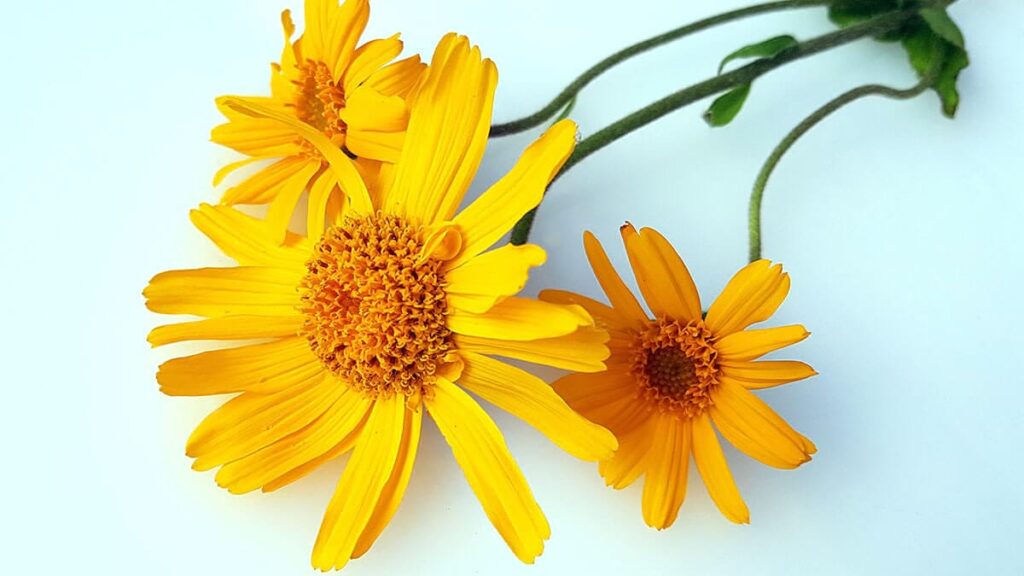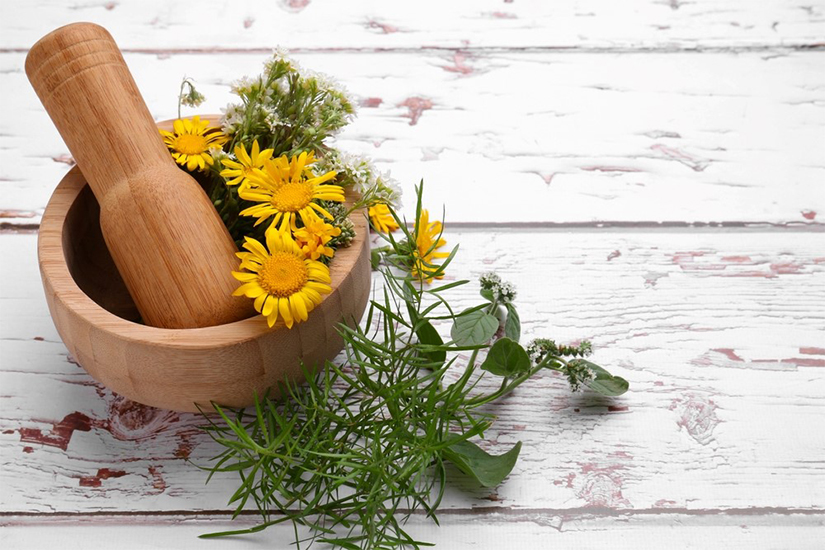Arnica, a vibrant yellow flower native to the mountainous regions of Europe and Siberia, has been revered for centuries as a natural remedy for a variety of ailments. Known scientifically as Arnica montana, this herb has earned its place in traditional medicine cabinets and modern holistic practices alike. From soothing sore muscles to reducing inflammation, arnica is a versatile and powerful plant.
However, like any natural remedy, it’s important to understand its benefits, properties, and potential contraindications before use.
Let’s dive into the world of arnica and explore what makes it so special.
What is Arnica?
Arnica is a perennial herb that belongs to the Asteraceae family, which also includes daisies and sunflowers. Its bright yellow-orange flowers are the most commonly used part of the plant for medicinal purposes. Arnica has a long history of use in traditional European medicine, particularly for treating bruises, sprains, and muscle pain. Today, it is widely available in various forms, including creams, gels, ointments, tinctures, and homeopathic preparations.
Key Benefits of Arnica
- Reduces Inflammation and Swelling
Arnica is perhaps best known for its anti-inflammatory properties. It contains compounds like helenalin and flavonoids, which help reduce swelling and inflammation in injured or overworked muscles and joints. This makes it a popular choice for athletes and those recovering from physical strain. - Relieves Pain
Arnica’s analgesic properties make it effective for alleviating pain associated with bruises, sprains, and arthritis. It is often used topically to soothe sore muscles and joints after exercise or injury. - Accelerates Healing
By stimulating blood flow to the affected area, arnica promotes faster healing of bruises and wounds. It helps disperse trapped fluids from injuries, reducing discoloration and speeding up recovery. - Improves Skin Health
Arnica is sometimes used in skincare products to treat acne, reduce redness, and improve the appearance of scars. Its antimicrobial and anti-inflammatory properties can help soothe irritated skin. - Homeopathic Uses
In homeopathy, highly diluted forms of arnica are used to treat emotional shock, trauma, and post-surgical recovery. While the scientific evidence for these uses is limited, many people report positive results.
Properties of Arnica
Arnica’s healing properties are largely attributed to its active compounds, including:
- Helenalin: A potent anti-inflammatory and analgesic agent.
- Flavonoids: Antioxidants that help reduce oxidative stress and inflammation.
- Essential Oils: Contribute to its antimicrobial and soothing effects.
- Tannins: Help tighten tissues and reduce bleeding.
These compounds work together to make arnica a powerful natural remedy for pain relief, inflammation, and healing.
How to Use Arnica
Arnica is most commonly used topically in the form of gels, creams, or ointments. Here are some common applications:
- Bruises and Sprains: Apply arnica gel or cream to the affected area to reduce swelling and pain.
- Muscle Soreness: Use arnica-based products after workouts to ease muscle stiffness.
- Skin Irritations: Apply a small amount of arnica ointment to soothe minor skin irritations or acne.
It’s important to note that arnica should never be applied to broken skin or open wounds, as it can cause irritation or allergic reactions.
Contraindications and Precautions
While arnica is generally safe when used correctly, there are some important contraindications and precautions to keep in mind:
- Not for Internal Use (Unless Highly Diluted)
Arnica is toxic when ingested in its raw form and can cause serious side effects, including vomiting, dizziness, and heart irregularities. Only homeopathic preparations (highly diluted) are considered safe for internal use, and even then, they should be taken under the guidance of a qualified practitioner. - Allergic Reactions
Some individuals may be allergic to arnica, especially those with sensitivities to plants in the Asteraceae family. Always perform a patch test before using arnica topically. - Avoid on Broken Skin
Arnica should not be applied to open wounds, cuts, or broken skin, as it can cause irritation or slow healing. - Pregnancy and Breastfeeding
Pregnant and breastfeeding women should avoid using arnica, as its safety has not been thoroughly studied in these populations. - Interaction with Medications
If you are taking blood-thinning medications or have a bleeding disorder, consult your healthcare provider before using arnica, as it may increase the risk of bleeding.

Arnica is a remarkable herb with a wide range of benefits, from reducing inflammation and pain to promoting faster healing. Its natural properties make it a valuable addition to any holistic health toolkit. However, it’s essential to use arnica responsibly and be aware of its potential contraindications. Whether you’re an athlete looking to soothe sore muscles or someone seeking natural relief from bruises and sprains, arnica may be just the remedy you need—when used wisely.
As with any natural remedy, it’s always a good idea to consult with a healthcare professional before incorporating arnica into your routine, especially if you have underlying health conditions or are taking medications.
Embrace the power of nature, but do so with care and knowledge!
Have you tried arnica before?
Share your experiences in the comments below—we’d love to hear how it has worked for you!
Disclaimer: This blog post is for informational purposes only and does not constitute medical advice. Always consult a healthcare professional before using any herbal remedies.

